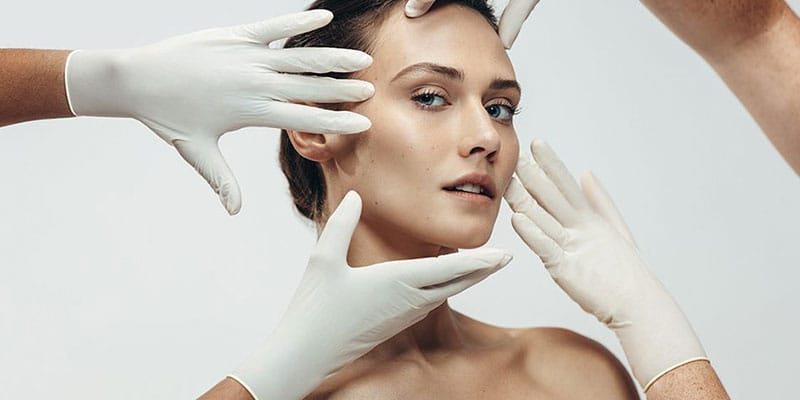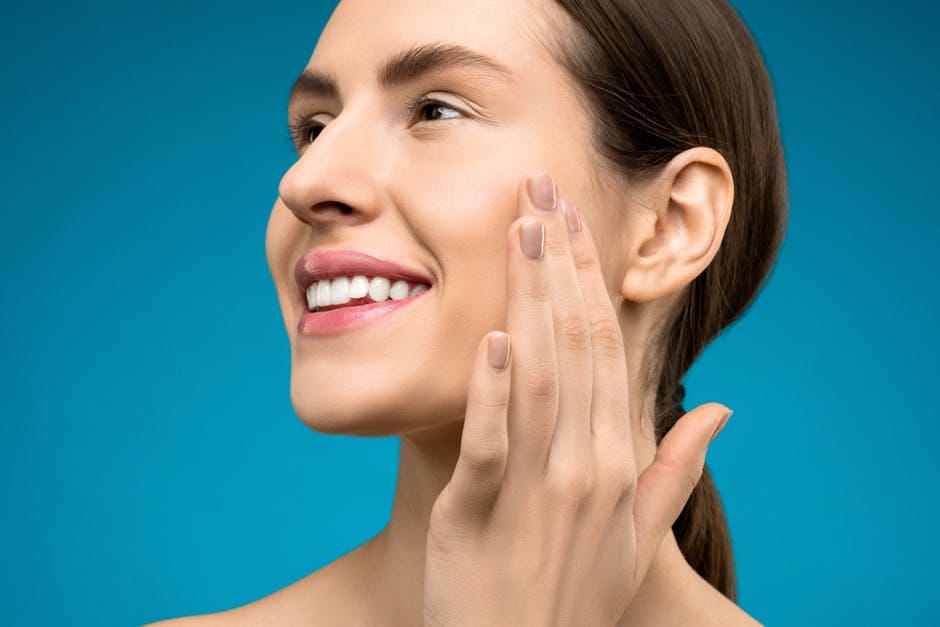Cheek aesthetics is a popular procedure performed to enhance facial appearance. However, some patients may experience swelling after the procedure. In this case, instead of worrying, it is important to remember that it is a natural part of the process. Swelling decreases over time and you can speed up your healing process with some practical tips. In our article, you can find information about the expected swelling after cheek aesthetics and recommendations for controlling these swelling.
What is cheek aesthetics?
Cheek aesthetics is a surgical procedure that has an important place in facial aesthetics. This aesthetic application is usually performed to make the cheeks look fuller and younger.
Cheek aesthetics can be performed with the following methods:
- Filler Applications: Fillers such as hyaluronic acid used to prevent volume loss and provide fullness in the cheek.
- Fat Injection: Fat tissue taken from your own body is injected into the cheeks to achieve a more natural appearance.
- Surgical Intervention Operations performed to make permanent changes in the cheeks.
Swelling is expected after cheek aesthetics. This is a natural process and is usually temporary. However, during this process, it is possible to reduce swelling by paying attention to appropriate care and recommendations.
As a result, cheek aesthetics is an effective method that increases self-confidence as well as creating more attractive facial features.
Expected swelling after cheek aesthetics
After a cheek aesthetic procedure, most patients may experience cheek aesthetic swelling. This is a natural consequence of the aesthetic intervention and is usually not a cause for concern. Let’s examine the causes of swelling and the expected condition below:
- Surgical Intervention Since the tissue is intervened during cheek aesthetics, the body creates swelling in that area.
- Blood Flow: Blood flow increases after the aesthetic procedure, which creates swelling.
- Healing Process: Cheek aesthetic swelling occurs as a natural part of the body’s healing process.
The Expected Swelling Process:
| Day | Swelling Level |
|---|---|
| 1 | Light – Medium |
| 3 | Medium – Intensive |
| 7 | Starts to Fall |
| 14 | Usually normalizes |
Remember that swelling will decrease over time! Being careful after cheek aesthetics will speed up your healing process. If you feel any abnormality, you should definitely consult your doctor.
Practical tips for reducing puffiness
Swelling after cheek aesthetics is often a temporary condition. However, it may be useful to apply some practical tips to relax and reduce swelling in this process. Here are some of them:
- Ice application: Applying ice compresses to your cheeks for 15-20 minutes several times a day for the first 48 hours can reduce swelling.
- Do not sleep in an elevated position: Raising your head a little while sleeping at night regulates blood flow and helps to reduce swelling.
- Pay attention to fluid intake: Drinking plenty of water contributes to the elimination of toxins in your body.
- Do not follow the doctor’s recommendations: Regular use of medications recommended by your doctor after aesthetic surgery accelerates the healing process.
- Consume soft foods: It is also helpful to keep the act of chewing to a minimum, avoiding hard and challenging foods.
These tips can help you minimize your cheek aesthetic swelling. Remember, each individual’s healing process is different, be patient!
When is the swelling expected to disappear?
Cheek aesthetic swellingafter cheek aesthetics usually subsides spontaneously within a certain period of time. The expected healing process may vary from person to person, but in general, we can summarize it as follows:
- First 48 hours: Swelling reaches its peak. There may also be pain and discomfort during this period.
- 3-5 days: Swelling starts to decrease gradually. This period can be relieved with cold compress applications.
- 1 week: Some progress is made. Most patients can return to their daily life.
- 2-3 weeks: The swelling disappears almost completely. However, some patients may have a low level of persistent swelling.
- 1 month: The healing process is complete and facial features become clear.
It is important to keep track of how the swelling develops, as each individual’s recovery time is different. If the swelling lasts longer than expected, it is best to consult a specialist. Remember, adequate rest and hydration are essential for a healthy recovery!
When should you consult your doctor?
Cheekaesthetic swellingafter cheek aesthetics is usually a normal process. However, in some cases, you may need to consult your doctor. Here are some situations you should consider:
- Excessive swelling: If the swelling is much more than normal, this can be a sign of a problem.
- Pain Swelling accompanied by severe pain may indicate the risk of inflammation or complications.
- Redness and heat: If you notice a significant redness or heat on the skin along with swelling, you should consult a doctor.
- Bleeding If you experience abnormal bleeding in the cheek area, it is important to seek emergency help.
- Prolonged swelling: If the swelling of the cheek aestheticslasts more than 10 days, remember that you should report this to your doctor.
Pay attention to these signs and seek professional help when necessary to avoid putting your health at risk. Remember, your health always comes first!
Frequently Asked Questions
When does the swelling go away after cheek aesthetics?
Swelling after cheek aesthetics usually decreases significantly within 1 week. The swelling, which reaches its maximum level in the first few days, decreases over time, giving a more natural appearance. However, each individual’s healing process may differ, so you should stay in regular contact with your doctor to create a customized recovery plan.
Which methods can be used to reduce swelling?
Applying cold compresses is very effective to reduce swelling. Applying cold compresses for 15-20 minutes several times a day for the first 48 hours after the procedure can reduce swelling. In addition, using the medications recommended by your doctor regularly and drinking plenty of water can also speed up the healing process. Avoiding salty foods for a few days can also help reduce swelling.
When can I return to my normal activities after cheek aesthetics?
After cheek aesthetics, you can usually return to your light activities within 1 week. However, it is recommended to wait at least 2-4 weeks for intense sports and heavy activities. Allowing your body to heal will ensure better results. Do not forget to contact your doctor to find out which activities are suitable for you.
What other symptoms should be expected with swelling?
Along with swelling, mild bruising and discomfort are normal after cheek surgery. However, if you have symptoms such as extreme pain, increased temperature or increased swelling, you should contact your doctor immediately. These could be signs of infection or other complications. Remember that it is best to consult your doctor for any concerns you may have.


